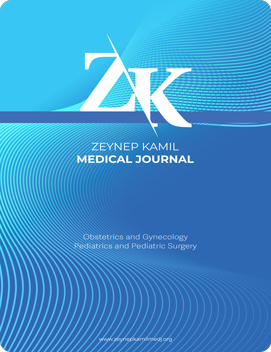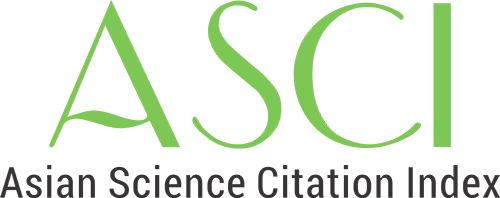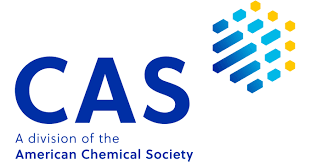Quick Search
Approach to feeding problems in babies with cleft lip and/or palate
Fatih Sırıken1, Arif Aktuğ Ertekin2, Osman Enver Aydin3, Abdullah Barış Akcan4, Ender Ceylan3, Gulden Pekcan51Aydın Adnan Menderes Üniversitesi Araştırma ve Uygulama Hastanesi, Beslenme ve Diyet Birimi, Aydın, Türkiye2Aydın Adnan Menderes Üniversitesi Tıp Fakültesi, Kadın Hastalıkları ve Doğum Anabilim Dalı, Aydın, Türkiye
3Aydın Adnan Menderes Üniversitesi Tıp Fakültesi, Plastik, Rekonstrüktif ve Estetik Anabilim Dalı, Aydın, Türkiye
4Aydın Adnan Menderes Üniversitesi Tıp Fakültesi, Çocuk Sağlığı ve Hastalıkları Anabilim Dalı, Neonatoloji Bilim Dalı, Aydın, Türkiye
5Hasan Kalyoncu Üniversitesi Sağlık Bilimleri Fakültesi, Beslenme ve Diyetetik Bölümü, Gaziantep, Türkiye
Cleft lip and/or palate is one of the most common craniofacial congenital anomalies and is most common in the orofacial region. The incidence of this congenital anomaly in newborn babies is around 15%. Although the pathogenesis of these congenital malformations is not fully known, there is evidence that both dietary and genetic factors play a role, and this evidence is increasing day by day. Children with cleft lip and/or palate may be malnourished after birth due to nutritional difficulties. Children with these deformities are often impaired in growth compared to healthy children. A multidisciplinary approach is mandatory for the evaluation of these babies. Feeding newborns with cleft lip and/or palate in the beginning is a major concern for parents. Nutritional interventions such as breastfeeding, modified bottles and/or nipple, occlusive pads and maternal counseling and support are needed, so this article aims to review some nutritional issues and adaptations in this regard.
Keywords: Cleft lip, cleft palate, nutrition.Manuscript Language: English
















